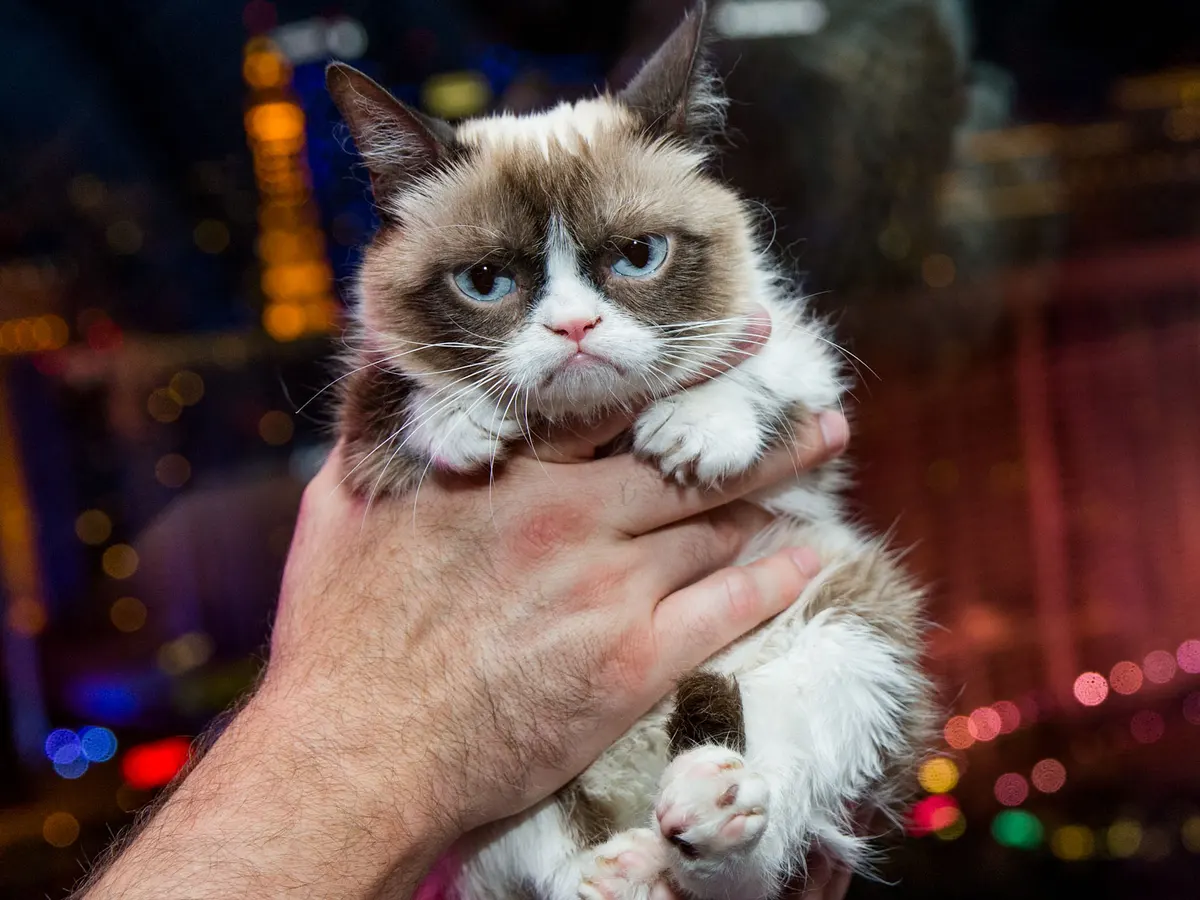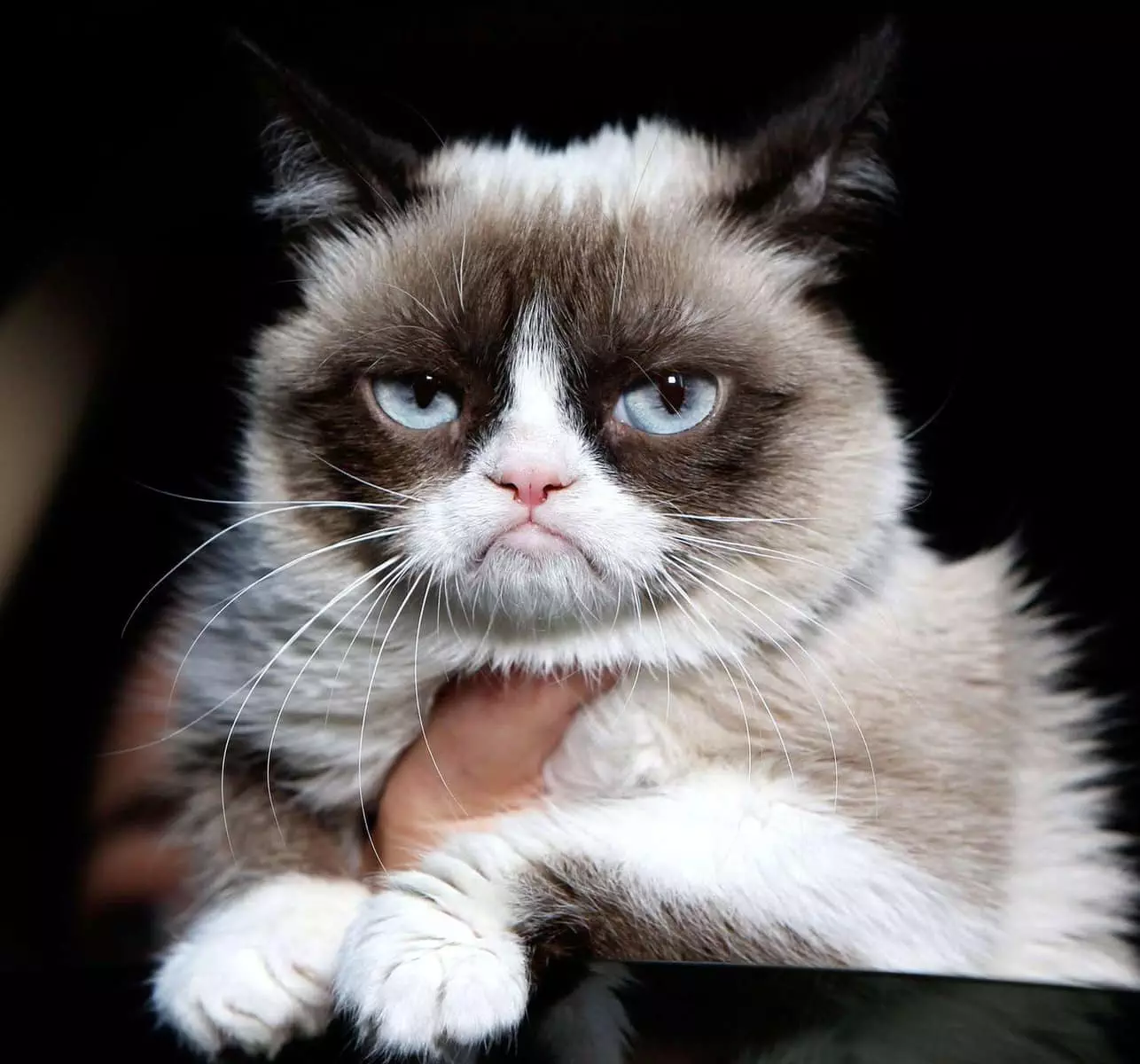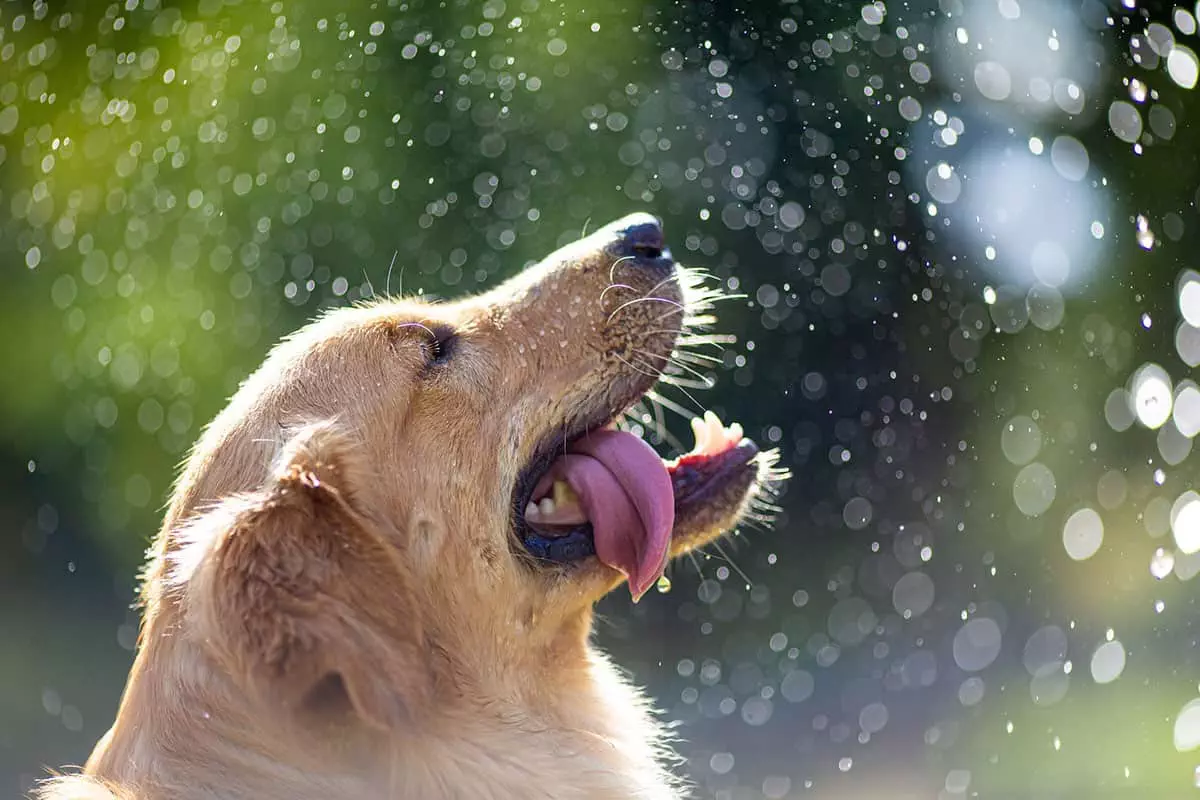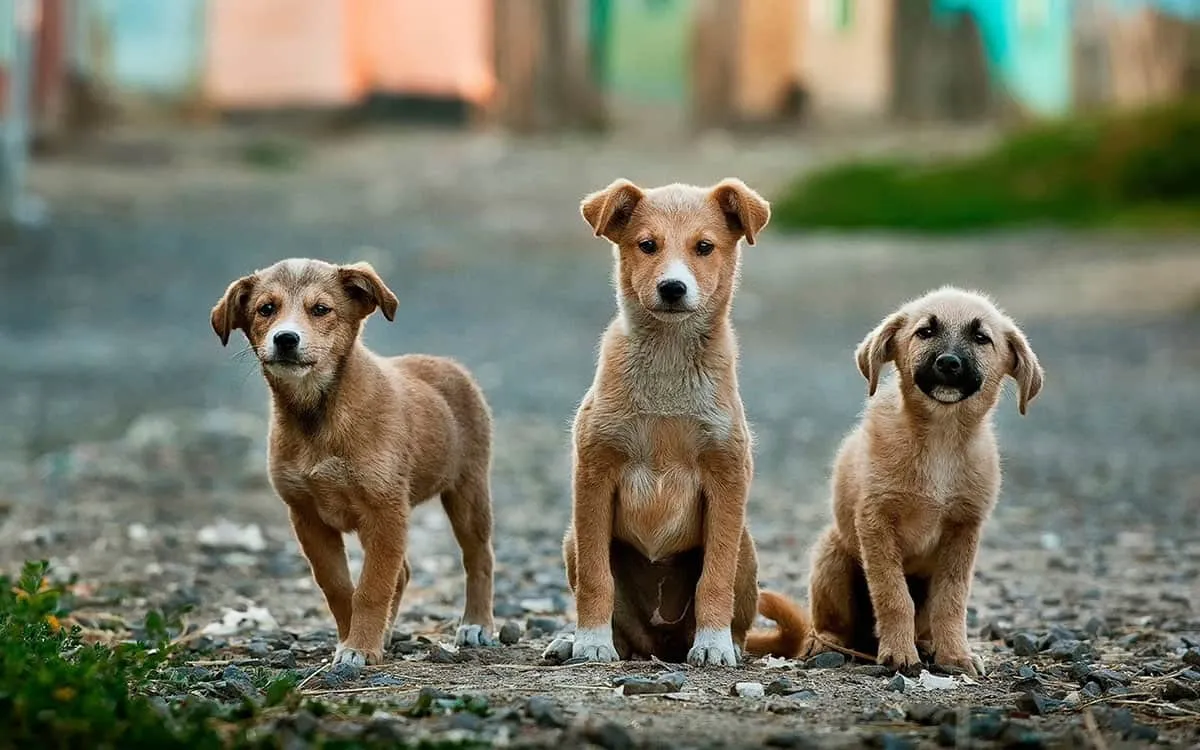Grumpy Cat, the internet sensation known for her perpetually grumpy expression, took the world by storm with her unique appearance and sassy attitude. It all started when a photo of her went viral on social media, capturing the hearts of millions around the globe. People were instantly drawn to her grumpy face and couldn’t resist sharing her pictures and memes. But, what breed of cat is Grumpy Cat? Today, Top Breeds will shed light to the mystery!
The fascination with Grumpy Cat’s appearance is intriguing. While most cats are known for their adorable and playful expressions, Grumpy Cat defied expectations with a permanent scowl that seemed to convey a disdain for everything around her. This paradoxical charm made people curious about what made this cat so different from others.
Key Takeaways
- Grumpy Cat’s unique appearance is due to a genetic mutation.
- The breed of Grumpy Cat is still a mystery, but it is believed to have originated from a mix of domestic shorthair and Persian cats.
- Grumpy Cat’s popularity has led to an increase in demand for cats with similar appearances, which can lead to unethical breeding practices.
- Understanding feline genetics is important for the health and well-being of cats, and can help prevent the spread of genetic disorders.
- Grumpy Cat’s legacy has contributed to the study of feline genetics and the importance of responsible breeding practices.
The Unique Appearance of Grumpy Cat
Grumpy Cat’s physical features are undeniably distinctive. Her face is characterized by downturned eyes, a frowning mouth, and prominent furrowed brows that give off an air of perpetual displeasure. These features combine to create an expression that seems to say “I’m not impressed” in every picture she takes.
When comparing Grumpy Cat’s appearance to other cat breeds, it becomes clear that she stands out from the crowd. While some may argue that she resembles certain breeds like Persians or Scottish Folds due to her round face and small ears, there is no denying that she possesses a one-of-a-kind look that cannot be easily categorized.
The Origins of Grumpy Cat’s Breed
Unraveling the mystery behind Grumpy Cat’s breed requires delving into her lineage through extensive research and genetic analysis. Although there is limited information available about her exact ancestry, experts have attempted to identify potential breeds in her family tree based on physical traits.
One theory suggests that Grumpy Cat may have some Persian heritage due to similarities in facial structure and coat texture between these two breeds. Another theory proposes Scottish Fold ancestry, as both breeds share the characteristic of folded ears. However, without concrete evidence or access to Grumpy Cat’s genetic history, these theories remain speculative.
The Role of Genetics in Grumpy Cat’s Appearance
| Genetic Factor | Description |
|---|---|
| Fur Color | Grumpy Cat’s fur is a mix of white, gray, and black due to a genetic mutation that affects pigmentation. |
| Facial Structure | Grumpy Cat’s unique facial structure, including her small size and downturned mouth, is likely due to a genetic condition called feline dwarfism. |
| Eye Shape | Grumpy Cat’s distinctive “grumpy” expression is partly due to her genetic makeup, which gives her a flatter face and rounder eyes than most cats. |
| Personality Traits | While genetics may play a role in Grumpy Cat’s famously grumpy demeanor, it’s also likely influenced by her environment and experiences. |
To understand how Grumpy Cat acquired her unique appearance, it is essential to explore the role of genetics in determining physical traits in cats. Genes play a crucial role in shaping a cat’s appearance, from their coat color and pattern to their facial structure.
Specific genes are responsible for various physical characteristics seen in cats. For example, the gene responsible for folded ears in Scottish Folds is known as the Fd gene. Similarly, genes like Pkd1 and Pkd2 are associated with polycystic kidney disease prevalent among Persians.
While it is challenging to pinpoint which specific genes contribute to Grumpy Cat’s appearance without genetic testing, understanding feline genetics provides valuable insights into how certain traits may be inherited and expressed.
Theories Surrounding Grumpy Cat’s Breed
Numerous theories have emerged regarding Grumpy Cat’s breed based on her distinctive features and resemblance to other cat breeds. One popular theory suggests that she may have some Burmese heritage due to similarities in facial structure and eye shape between these two breeds.
Another theory proposes that she could be a mix of Persian and Scottish Fold due to shared characteristics such as round faces and small ears. However, until further research or genetic testing is conducted on Grumpy Cat herself or her relatives, these theories remain speculative at best.
The History of Grumpy Cat’s Ancestors
To gain a deeper understanding of potential breeds involved in Grumpy Cat’s lineage, it is necessary to explore the history of these breeds themselves. Persians have a long-standing history dating back centuries with their luxurious coats and distinct facial features being highly sought after by cat enthusiasts worldwide.
Scottish Folds also have an interesting background originating from a single cat named Susie, who possessed the unique folded ear mutation. This mutation was then selectively bred to create the Scottish Fold breed we know today.
By examining the history of these breeds and their distinct characteristics, we can begin to piece together how they may have contributed to Grumpy Cat’s appearance.
The Evolution of Grumpy Cat’s Breed
Considering the potential breeds involved in Grumpy Cat’s lineage, it is intriguing to speculate on how her breed may have evolved over time. If she does indeed have Persian ancestry, it is possible that selective breeding for certain physical traits led to her unique expression.
Similarly, if Scottish Folds are part of her heritage, it raises questions about how the folded ear mutation may have interacted with other genes to produce her distinctive features. Understanding the evolutionary path that led to Grumpy Cat’s appearance could shed light on how different breeds influence each other when mixed.
Comparing this evolution with other cat breeds and their own development throughout history provides valuable insights into feline genetics and breed diversity as a whole.
The Popularity of Grumpy Cat and its Impact on the Breed
Grumpy Cat’s popularity has undoubtedly had a significant impact on interest in her breed or cats with similar appearances. People were captivated by her grumpiness and couldn’t resist sharing pictures or creating memes featuring her iconic scowl.
This surge in popularity has led many individuals to seek out cats resembling Grumpy Cat or those with similar expressions. However, this increased demand for specific physical traits can potentially lead to unethical breeding practices or neglecting other essential aspects of responsible pet ownership.
It is crucial for potential owners not only to appreciate a cat’s appearance but also consider their overall well-being before bringing them into their homes solely based on looks alone.
The Future of Grumpy Cat’s Breed
Speculating about the future of Grumpy Cat’s breed raises interesting questions regarding potential changes in appearance or popularity. As with any breed, there is always the possibility of further selective breeding to enhance certain traits or create new variations.
However, it is essential to approach these developments responsibly and prioritize the health and well-being of the cats involved. Breeders should focus on maintaining genetic diversity and avoiding excessive inbreeding to prevent potential health issues associated with specific physical traits.
Additionally, as public interest in Grumpy Cat’s breed continues to grow, it is crucial for potential owners to educate themselves about responsible breeding practices and consider adopting from reputable sources rather than supporting unethical breeders.
The Importance of Understanding Feline Genetics
Grumpy Cat’s unique appearance has sparked curiosity about feline genetics and its broader implications. Understanding feline genetics not only allows us to unravel the mysteries behind specific breeds but also has practical applications in veterinary medicine and conservation efforts.
By studying how genes influence physical traits in cats, researchers can gain insights into inherited diseases prevalent among certain breeds. This knowledge can aid veterinarians in diagnosing and treating these conditions more effectively.
Furthermore, understanding feline genetics plays a vital role in conservation efforts for endangered wild cat species. By identifying genetic markers unique to each species, scientists can develop strategies for preserving genetic diversity within captive populations and implementing successful breeding programs.
The Legacy of Grumpy Cat and its Contribution to Feline Science
Grumpy Cat’s rise to fame may have started as an internet sensation, but her impact extends beyond popular culture into the realm of feline science. Her distinctive appearance has sparked discussions about feline genetics, breed evolution, responsible pet ownership, and ethical breeding practices.
As we reflect on Grumpy Cat’s legacy, it is essential that we continue researching feline genetics with a focus on promoting healthy breeds while preserving genetic diversity. By doing so , we can work towards preventing genetic disorders and improving the overall health and well-being of cats.
This research should also include studying the genetic factors that contribute to unique physical characteristics, such as Grumpy Cat’s distinctive appearance, in order to better understand the underlying mechanisms and potential health implications.
Additionally, efforts should be made to educate cat owners and breeders about responsible breeding practices and the importance of genetic diversity in maintaining a robust and resilient feline population. Ultimately, by combining scientific research with responsible breeding practices, we can honor Grumpy Cat’s memory by ensuring a healthier future for all cats.
FAQs
What is Grumpy Cat’s breed?
Grumpy Cat’s breed is a mixed breed of domestic short hair and likely has some Persian ancestry.
How did Grumpy Cat become famous?
Grumpy Cat became famous after a photo of her went viral on social media in 2012. Her unique facial expression, caused by feline dwarfism, captured the hearts of millions.
What is feline dwarfism?
Feline dwarfism is a genetic condition that causes cats to have abnormally short legs and a round face. It is caused by a mutation in the fibroblast growth factor receptor 3 (FGFR3) gene.
What is the lifespan of a Grumpy Cat?
Grumpy Cat, whose real name was Tardar Sauce, passed away in 2019 at the age of 7. The average lifespan of a domestic cat is around 12-16 years.
What is the personality of a Grumpy Cat?
Despite her grumpy appearance, Grumpy Cat was known to be a sweet and affectionate cat. She enjoyed being held and cuddled by her owners and was often described as a “little angel” by those who knew her.
What is the legacy of Grumpy Cat?
Grumpy Cat’s legacy lives on through her merchandise, social media accounts, and the countless memes and parodies that she inspired. She also helped to raise awareness for feline dwarfism and other genetic conditions in cats.
Originally posted 2024-01-12 07:08:42.









